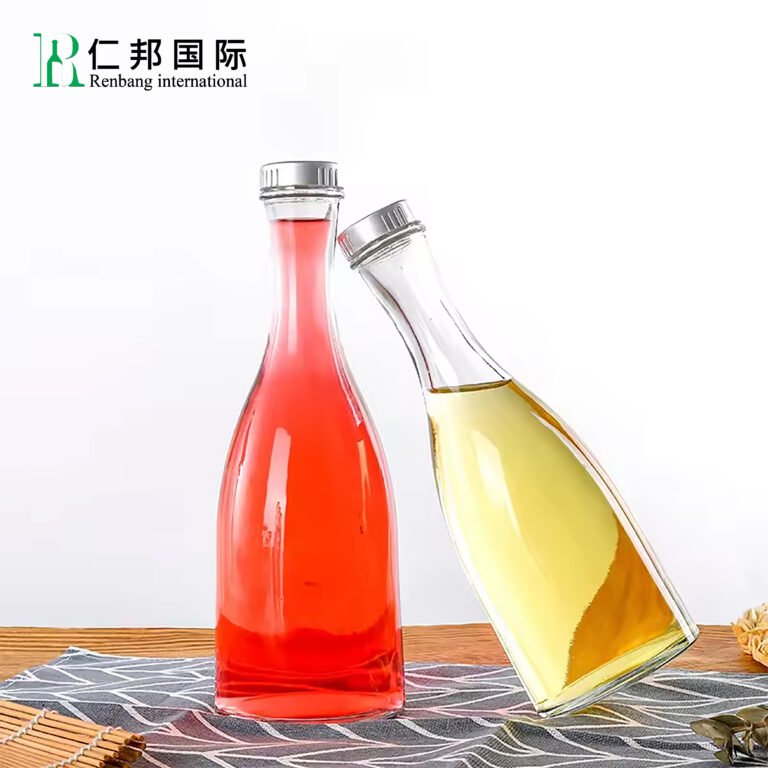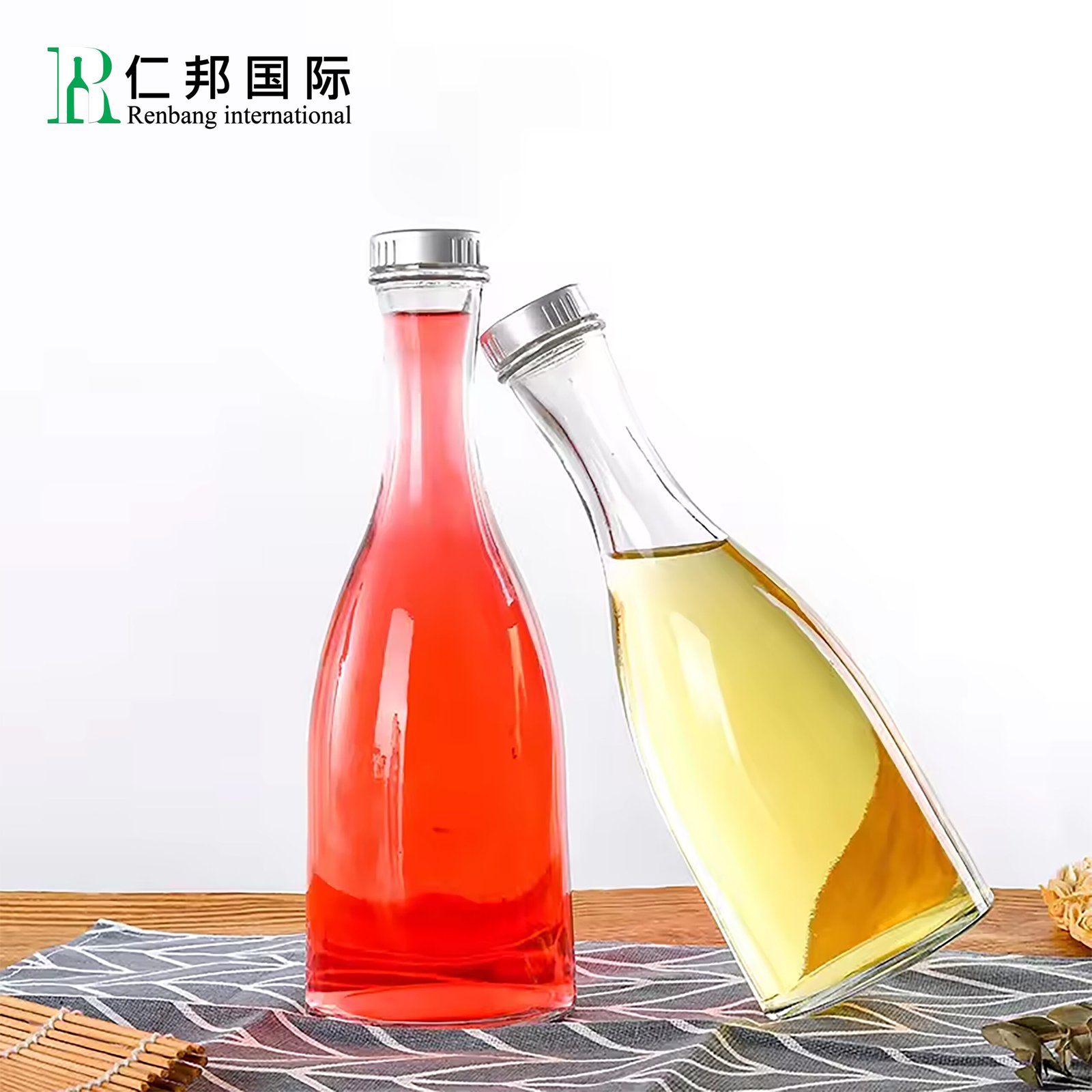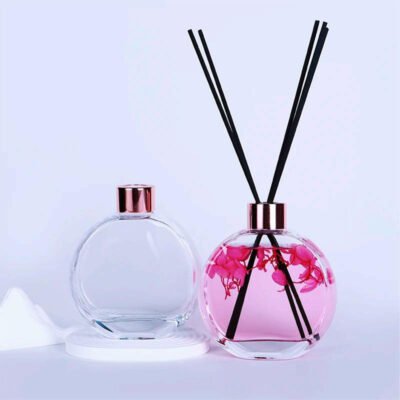
Products Description
The main components of a glass bottle
The main components of a glass bottle: Unveiling the mysteries of the transparent world
introduction
Glass, as a common material in human life, is widely used in fields such as packaging, construction, and home furnishings. So, what are the components of a glass bottle? How do they interact with each other to form the transparent world we are familiar with? This article will take you to uncover the main components of glass bottles.
1、 Silicates: the cornerstone of glass
Silicates are the main component of glass bottles, accounting for over 70% of the total glass composition. Silicates are mainly composed of silicon dioxide (SiO2) and are one of the most abundant minerals in the Earth’s crust. Silicon dioxide melts at high temperatures to form a viscous glass liquid, which is the basis for the formation of glass bottles.
2、 Alkali metal oxides: lower melting point
Alkali metal oxides, such as sodium oxide (Na2O) and lithium oxide (Li2O), are secondary components in glass bottles. Their main function is to lower the melting point of glass, allowing it to melt at lower temperatures. This characteristic makes glass production more efficient and economical.

3、 Bauxite oxide: enhances hardness
Bauxite oxide (mainly composed of alumina, Al2O3) plays a role in enhancing hardness in glass. It can improve the mechanical strength and heat resistance of glass, making glass bottles more durable.
4、 Boric acid: improves heat resistance
Boric acid (B2O3) is another important glass component that can improve the heat resistance and chemical stability of glass. Glass containing boric acid is not easily broken by temperature changes and is suitable for storing food and beverages that are easily affected by temperature.
5、 Other components
In addition to the main ingredients mentioned above, glass bottles may also contain the following components:
-Calcium magnesium oxide: can improve the fluidity and transparency of glass.
-Lead oxide: can improve the transparency and glossiness of glass, but due to its toxicity, its use has gradually decreased in modern glass production.
6、 The production process of glass bottles
The production process of glass bottles is roughly as follows:
1. Raw material preparation: Mix the above raw materials in a certain proportion.
2. Melting: Melt the mixed raw materials at high temperature to form a glass liquid.
3. Molding: Pour molten glass liquid into the mold and cool it to form.
4. Annealing: Annealing treatment is carried out on the formed glass bottle to eliminate internal stress and improve the mechanical strength of the product.
7、 Conclusion
The main components of glass bottles are silicates, alkali metal oxides, bauxite oxides, and boric acid. The interaction of these components gives glass bottles advantages such as transparency, durability, and safety. Understanding the composition of glass bottles helps us better understand this important material in daily life.
Leave Us A Message
Related Products
Related products
-
Glass jar
Pure and Delicious Honey Jar: Natural Sweetness for Every Taste Bud
Rated 0 out of 5Read more



